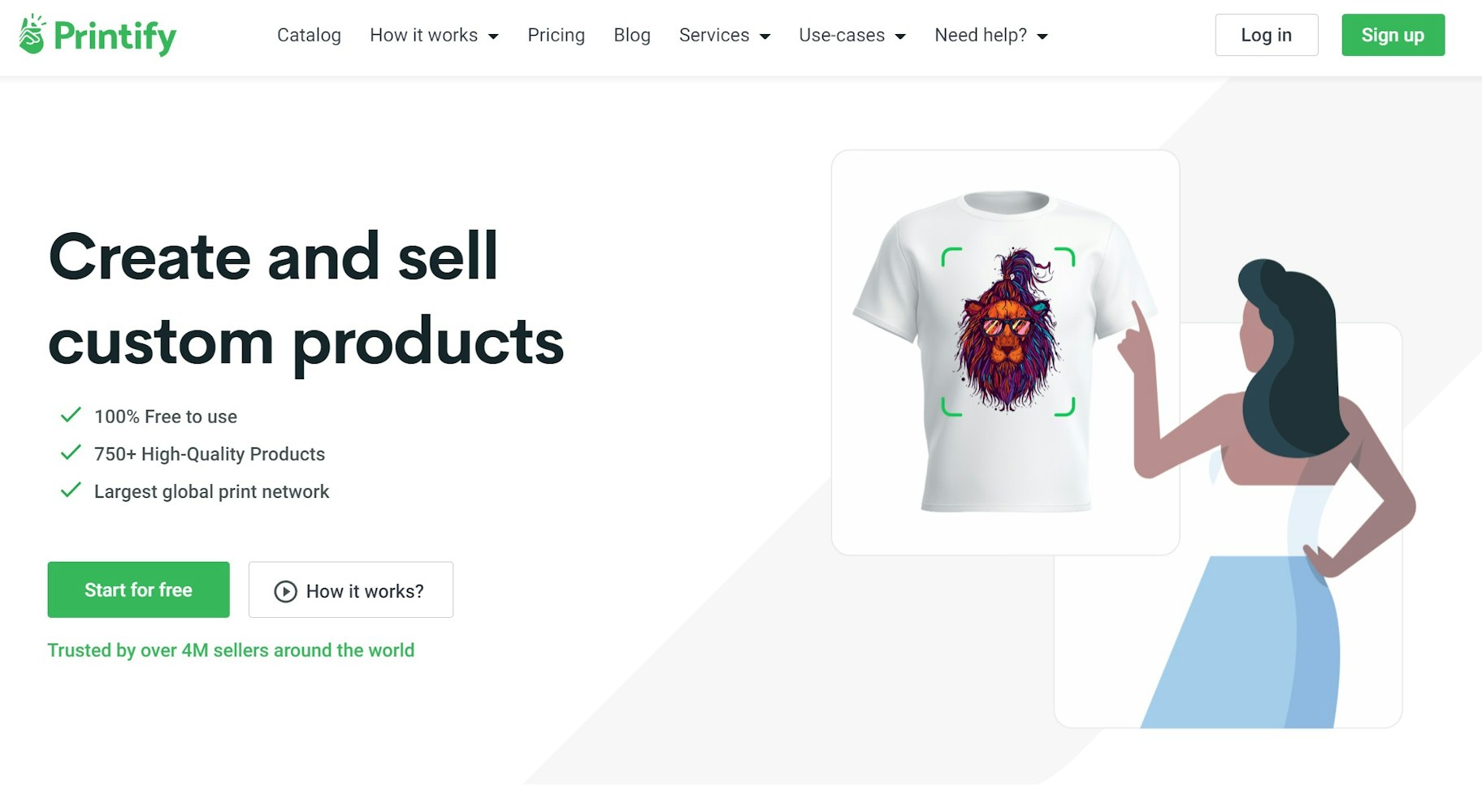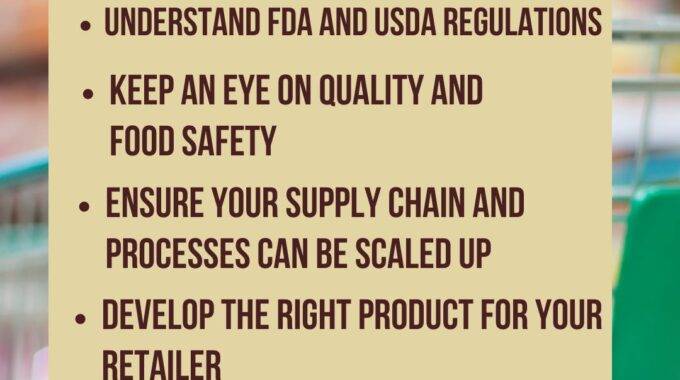Print-On-Demand Shirts: An Easy Breezy Guide

You may have noticed that there’s a massive market for print-on-demand products, especially for custom t-shirts. It’s one of those items that will never go out of style: people need clothing, and print-on-demand shirts guarantee an infinite flow of fun new ideas.
This presents both an opportunity and an obstacle for hopeful business owners. On one hand, there’s a ton of business to tap into. But on the other hand, competition is fierce, as many other entrepreneurs have the same idea.
So how can you break in and build your own successful t-shirt business? In this article, we’ll talk about the basics of getting started. We’ll look at top print-on-demand companies to work with, how to create your designs, and how to start making some money selling them.
Start selling online now with Shopify
Start your free trial



Best print-on-demand t-shirt companies
There are plenty of top-rated print-on-demand companies to choose from. Before you make your decision, you’ll want to consider some key elements like print quality, turnaround time, and competitive prices. Let’s go over a couple of popular companies.
Printify

Printify allows you to print your custom designs on more than 750 high-quality products—including t-shirts, of course. …


